I am doing my first grow with an apollo 10 (340 real watts) in a 4x4 and I am quite impresses so far...but I am sure it can be waaay better with some pro led light...
That's only 21¼ watts per square foot. The general recommendation for LED lighting (in flower) seems to be a range from 25-45 watts per square foot. The reason that a range is given is due to the (extreme) variance of quality/power/penetration from LED panel to LED panel (/manufacturer). IOW, even if your particular model is, well, the absolute best one in existence, you would probably see tighter/denser buds - and, most likely, no decrease in yield - if you either increased the amount of light or decreased your grow space. Since less plants in less space usually (not, of course, always) means less work and less expenditures for nutrients/water/etc., you may be happier with a space of around nine square feet. If that light produces a square footprint, then a 3'x3' room/tent might be just the space for it.
The above is my opinion, of course. As in all things, YMMV.



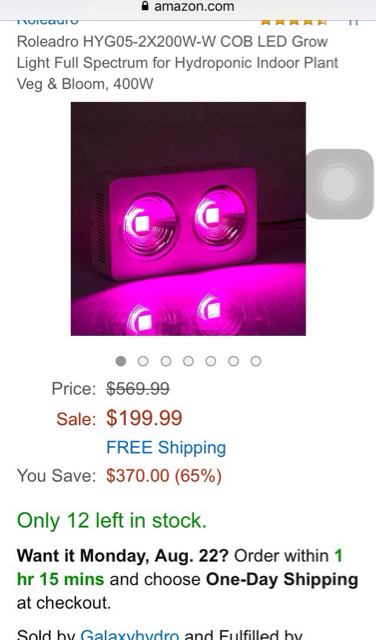
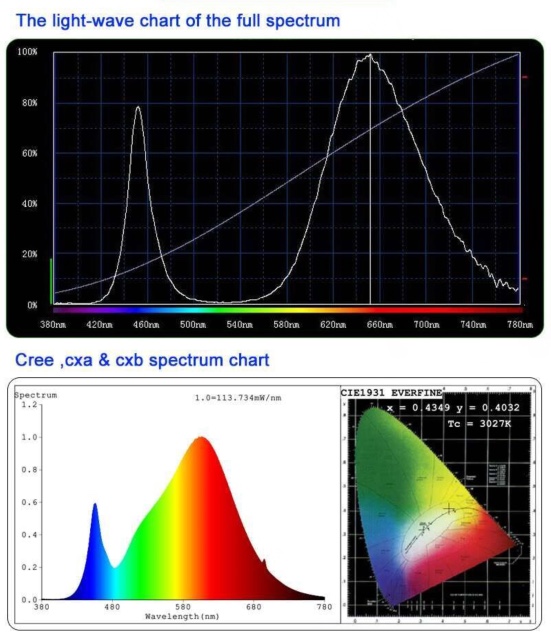
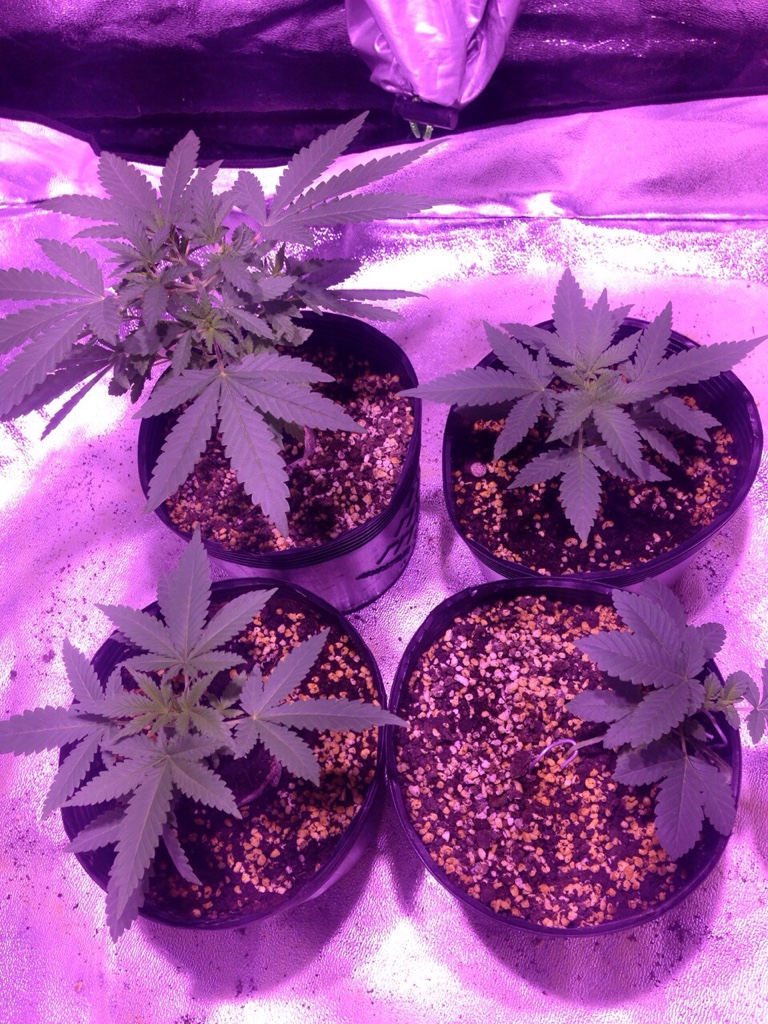
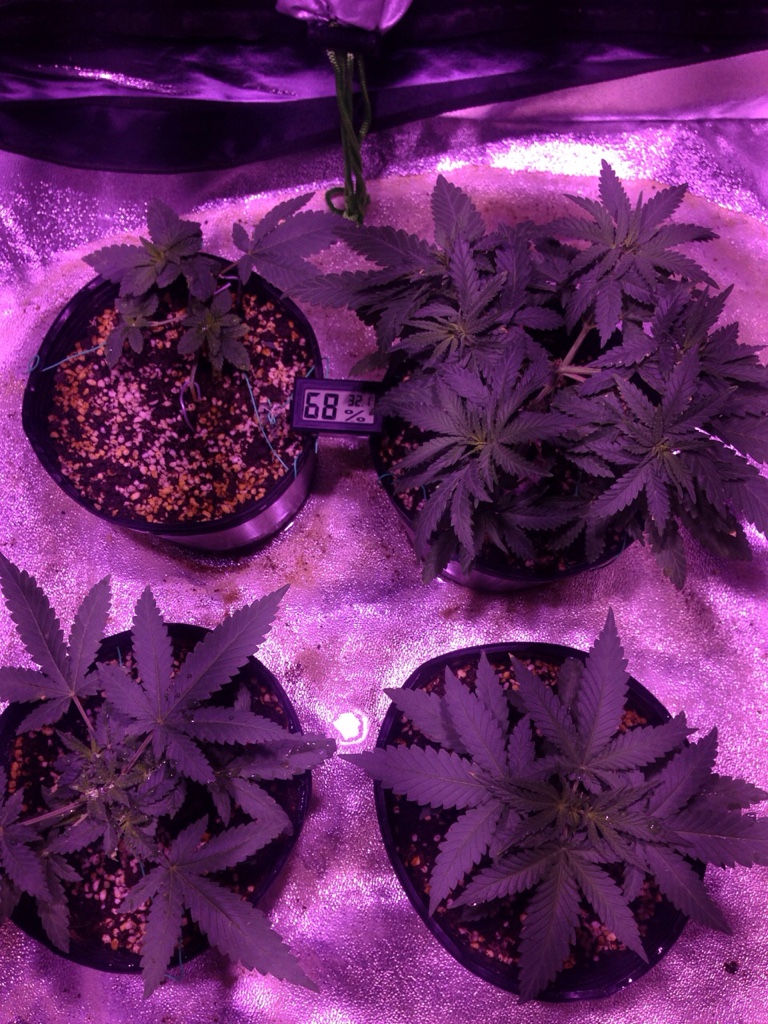
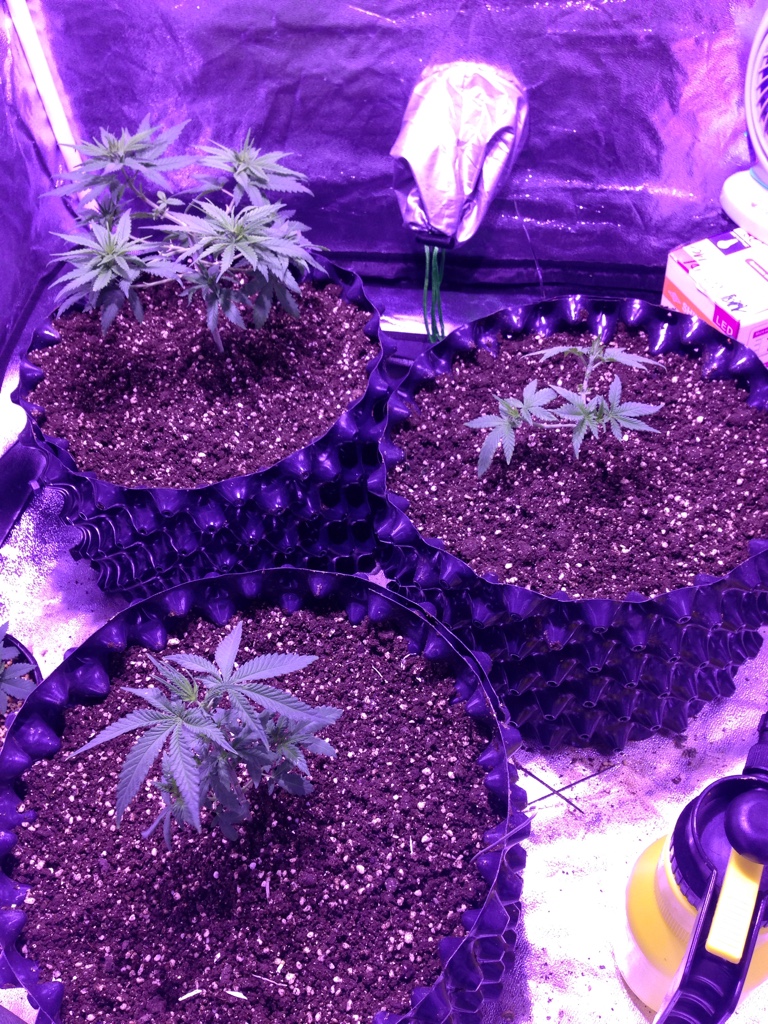
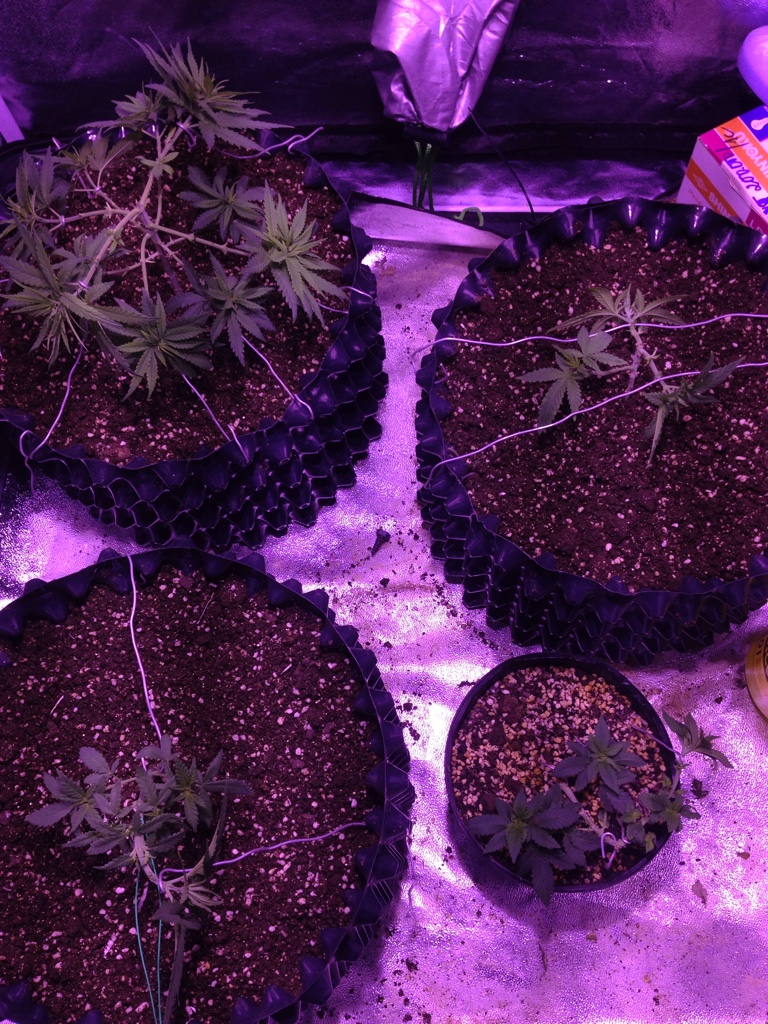
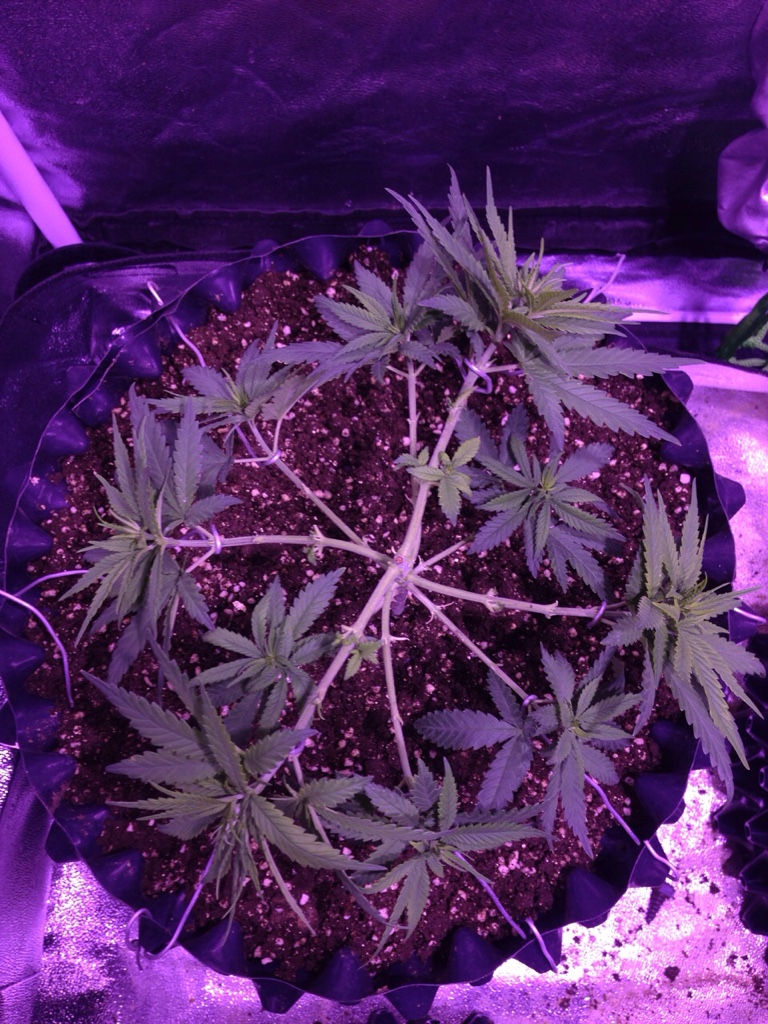
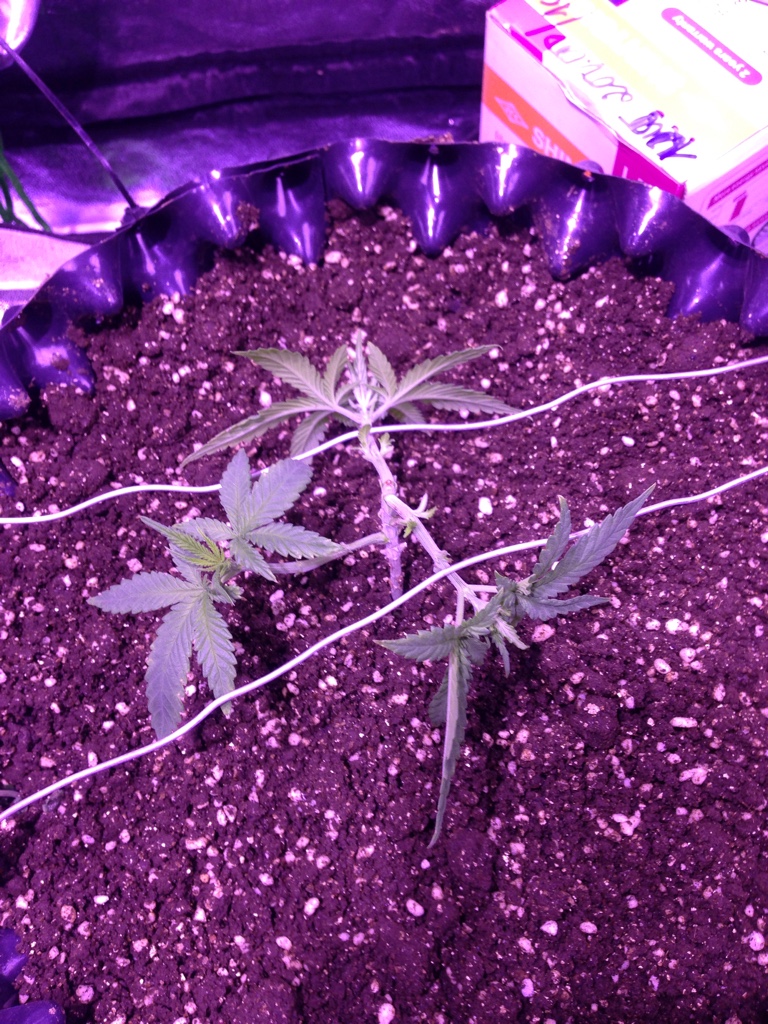
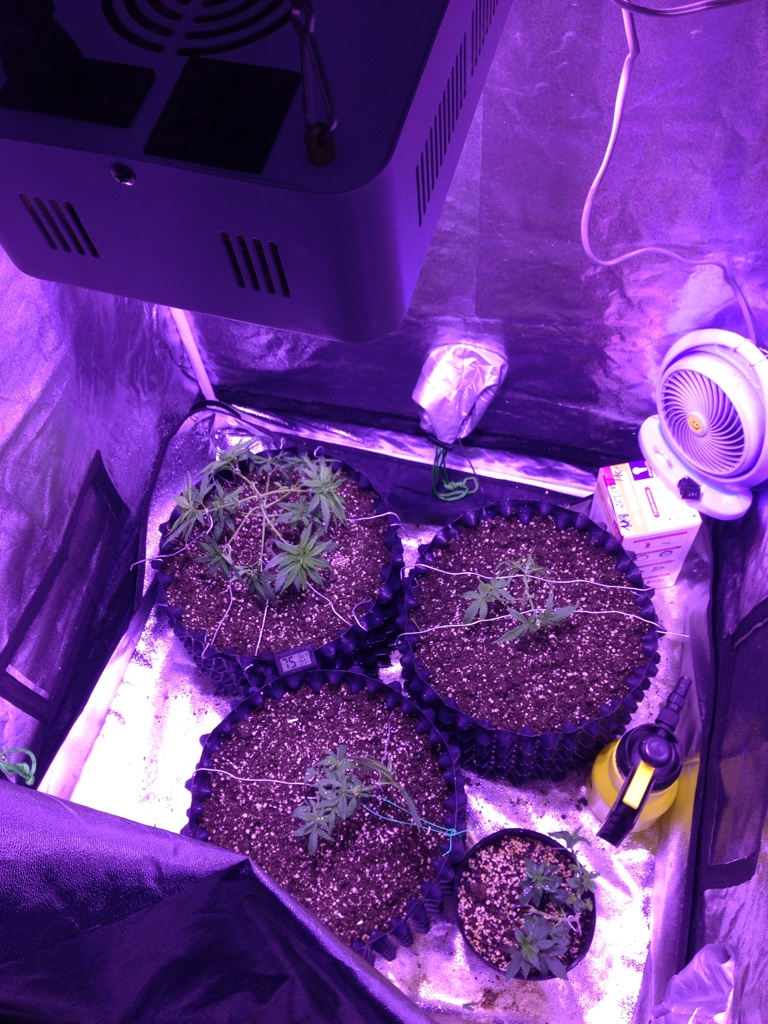
 . I know I made the developer's job ten times harder than he expected it to be, lol. I, on the other hand... really had a lot of fun
. I know I made the developer's job ten times harder than he expected it to be, lol. I, on the other hand... really had a lot of fun  . "Oh, look, a bug!" "Wow, here's something that I feel the product ought to be able to do - but can't. Make it work, NOW!!!" And suchlike. I figured that was his job... and mine was to be on the side of the people who would eventually purchase the products. I took my job very seriously
. "Oh, look, a bug!" "Wow, here's something that I feel the product ought to be able to do - but can't. Make it work, NOW!!!" And suchlike. I figured that was his job... and mine was to be on the side of the people who would eventually purchase the products. I took my job very seriously 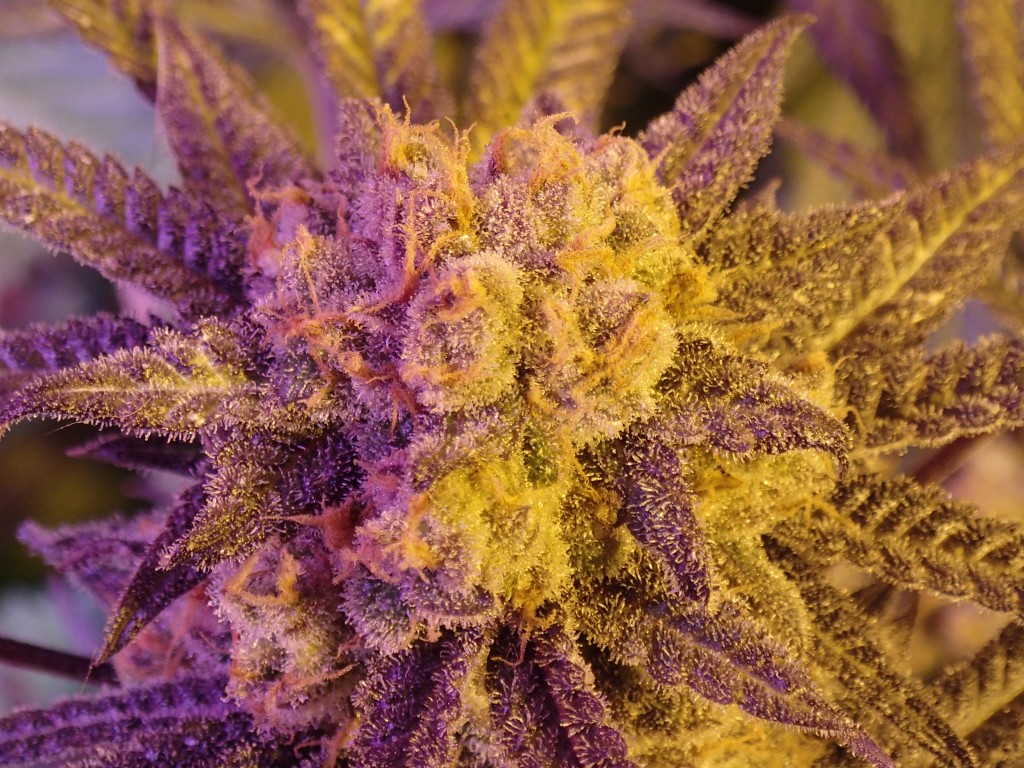
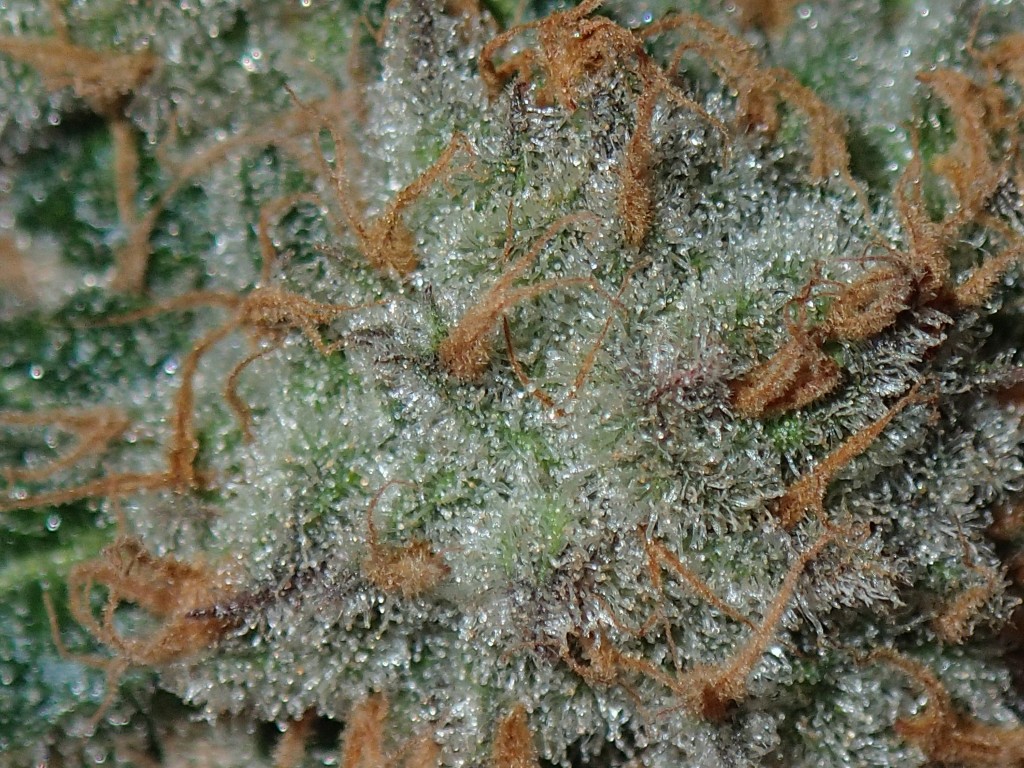
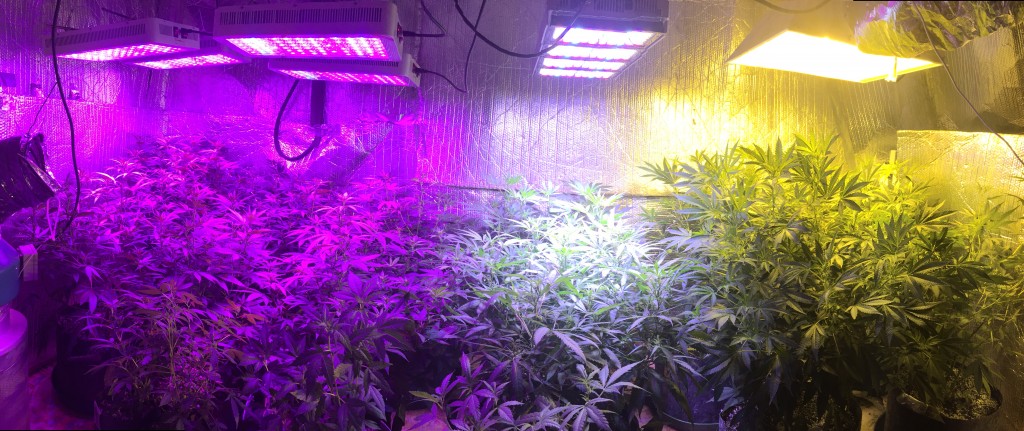
 I am also not tied to the leds when something better comes along! Whatever i feel is the best for the garden is what will get used!
I am also not tied to the leds when something better comes along! Whatever i feel is the best for the garden is what will get used!